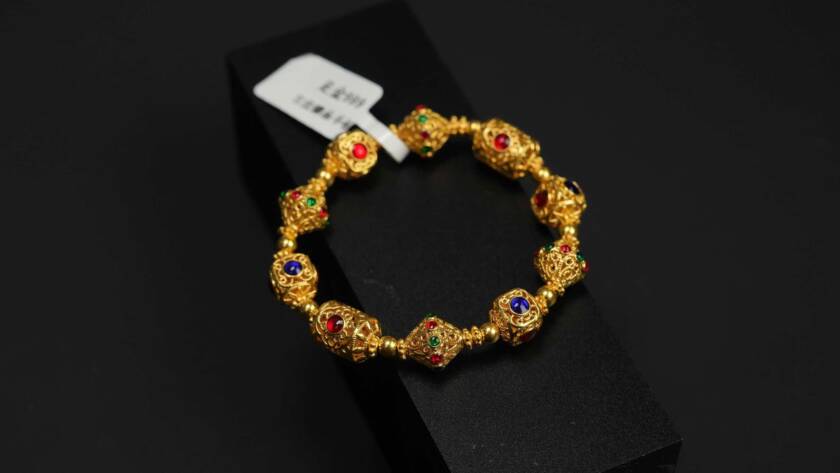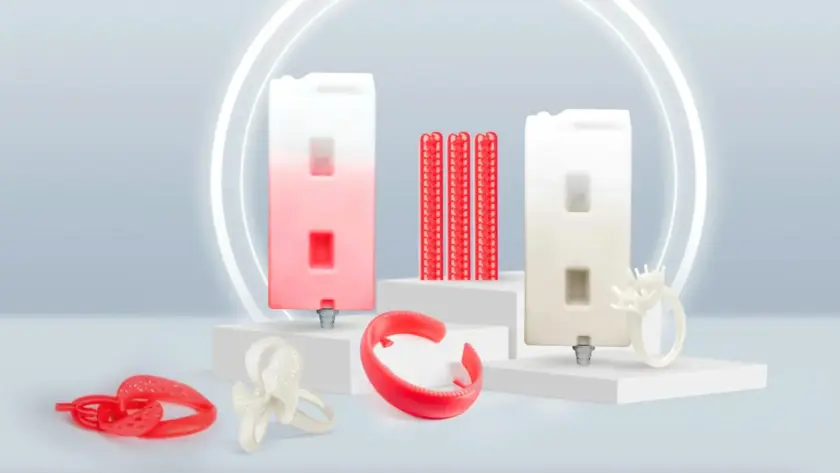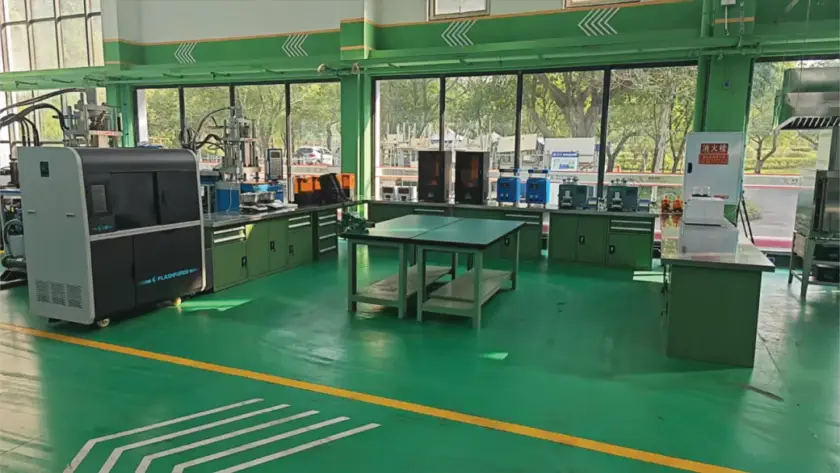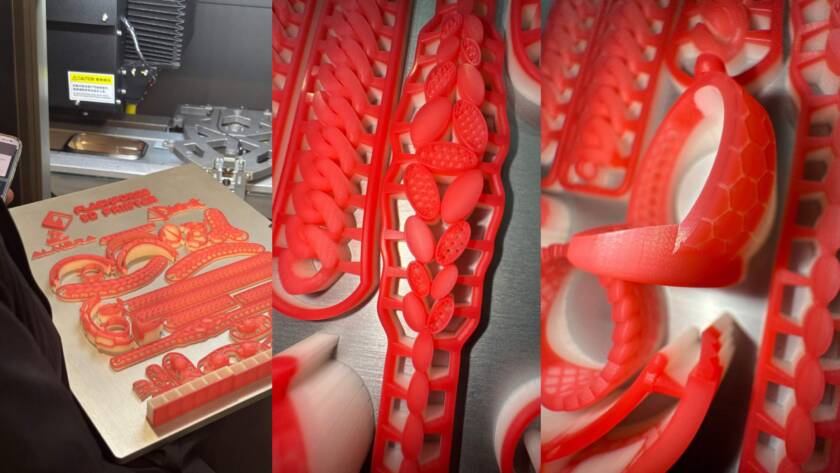Traditional jewelry making is a craft that requires immense effort and manual skill. This kind of processing method relies on manual or semi-manual labor. It faces issues such as high costs and limited production capacity. Today 3D printing digital production process has been introduced into the jewelry manufacturing industry. It has provided the jewelry manufacturing…






